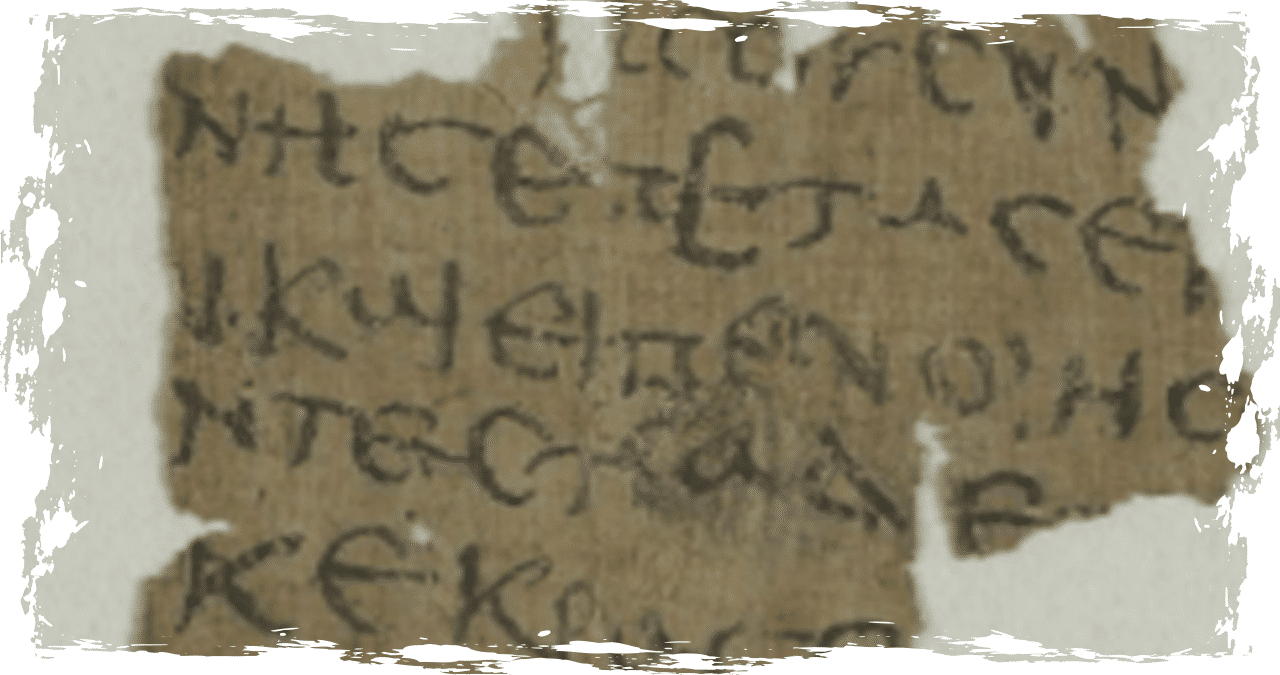In a recent news release, experts have revealed that a manuscript dating back 1,600 years has been decoded and identified as the oldest record of Jesus Christ’s childhood.
Historians at Humboldt University in Hamburg, Germany have recently announced that a piece of papyrus, which has been stored in their university library for decades, has been identified as the earliest surviving copy of the “Infancy Gospel of Thomas”. According to Dr. Lajos Berkes from Germany’s Institute for Christianity and Antiquity at Humboldt University in Berlin and Professor Gabriel Nocchi Macedo from Belgium’s University of Liège, the document had “remained unnoticed” until they studied it and identified it as the said gospel that details the childhood of Jesus Christ.
According to Humboldt University, the translation represents a notable breakthrough for the research community. Previously, it was thought that the earliest iteration of this gospel was a codex dating back to the 11th century.
Berkes and Macedo translated a document that dates back to the 4th or 5th century. Although the stories in the document are not found in the Bible, it contains anecdotes that were popular during the Antiquity and Middle Ages. The papyrus fragment describes a “miracle” performed by Jesus as a child, as mentioned in the Gospel of Thomas. According to the account, Jesus brought clay birds to life.
Researchers have confirmed that the gospel was originally written in Greek, as the document was written in that language, according to Macedo. The fragment, which originates from late antique Egypt, contains 13 lines in Greek letters, as stated in the news release.
According to a news release, the papyrus was disregarded in the past because previous researchers deemed it as “insignificant.” However, with the help of modern technology, Berkes and Macedo were able to decode the language on the fragment and compare it to other early Christian texts.
According to Berkes, the handwriting in the document appeared to be unrefined, leading experts to believe that it may have been a commonplace document like a grocery list or personal letter. However, upon closer inspection, the word “Jesus” was discovered within the text. After comparing it to other digital copies of papyri, the experts meticulously deciphered the text letter by letter. It soon became clear that this document was anything but ordinary.
According to a news release by Macedo and Berkes, they posit that the gospel was likely created as a writing exercise in a school or monastery. This theory would account for the irregular lines and unpolished handwriting observed in the text.



